This is a Warm Civil War
We slept through the warnings of Renée DiResta, our generation's Paul Revere
Welcome to the weekend edition of The Experiment, your official hopepunk newsletter. If you’d like to support my work, become a paid subscriber or check out the options below. But even if you don’t, this bugga free. Thanks for reading!
I’m beginning to think it was a bad idea to read Sinclair Lewis’ 1935 novel It Can’t Happen Here and listen to Rachel Maddow’s 2022 podcast series Ultra at the same time. The former is a dystopian political satire that imagines America’s descent into a fascist dictatorship, whereas the latter is a dystopian political history about how Nazi agents infiltrated the Republican Party and the America First movement in the 1930s and ‘40s, even getting senators, representatives, and governors to deliver Nazi-written speeches in the capitol and use taxpayer-funded postage to mail Nazi-generated propaganda around the country. It can’t happen here? Try, it almost already did.
And now, it might be happening all over again, except this time instead of Nazis, the Republicans are trafficking Russian propaganda in conflict with a Democratic Party that is still playing by obsolete rules of political engagement. It’s like the Democrats are alone, sitting on the a teeter-totter, wondering why it isn’t going anywhere, while the Republicans are banning books and calling teachers pedophiles.1 Our democracy is broken, only the Democrats keep acting like it’s about to start working again.
I struggle along with many of you to understand the nature of the mess we’re in. Am I exaggerating the threat or minimizing it? Do I need a go bag, or do I need to get over it? Is this an anomaly, an aberration, or an existential threat?
Also, what is “this”? I’ve been calling the state of our union a cold civil war since 2015, but that implies a lack of violence. Threats against federal judges have more than doubled since 2021. Threats against public officials have more than tripled since the Obama administration. And, of course, there was an armed insurrection at the capitol on January 6, 2021 that resulted in 900 guilty pleas and convictions, not to mention the eventual deaths of five people.
This still feels well short of the open, armed conflict in a civil war, but it sure isn’t a cold civil war anymore. This is a warm civil war, and the story of how we got here explains exactly what that means.
To do that, you have to meet Renée DiResta, who has also been trying to make sense of things for the last decade. She studies online adversarial abuse—pseudoscience, conspiracy theories, and state-sponsored information warfare, what have you— at the Stanford Internet Observatory.2 She tried to warn the U.S. Congress that foreign adversaries could easily exploit our democracy’s vulnerabilities by using social media platforms. Every year, starting in 2016, she wrote essays measuring the exact dimensions of the hole we were in and told us how to get out of it. She is our modern-day Paul Revere, except this time we mostly slept through it.
She is our modern-day Paul Revere, except this time we mostly slept through it.
DiResta isn’t the first to make this warning. In 1970, Marshall McLuhan wrote, in Culture is our Business, “World War III is a guerrilla information war with no division between military and civilian participation.” And it’s not correct to say that no one was paying attention. In 2011, the Defense Advanced Research Projects Agency (the Defense Department’s R&D division) created a program called Social Media in Strategic Communications to prepare for an online propaganda battle. Unfortunately, enough people in the Pentagon thought the idea was stupid and the threat unserious; they shuttered the program in 2015. Pity.
A year later, her first essay appeared. She explained what Elias Canetti wrote about the power of crowds back in 1960:
[T]here is a sense of persecution; members feel that the crowd is under constant attack from without and within – it’s always “us” against “them”. Fighting outsiders reinforces the mission, strengthening the crowd as it unites against the “other”. Attacks from the inside are actually more dangerous, because they threaten to destroy the crowd’s unity. The belief that there is a threat from within takes the form of false flag conspiracy theories, accusations that fellow crowd members are spies, or that a crowd member is “X in name only”. Members often feel a continuing need to prove their loyalty…
She layered on top of that Eric Hoffer’s True Believer, written in 1951, which discussed strongmen and mass movements:
All mass movements generate in their adherents a readiness to die and a proclivity for united action…
Doctrinal soundness is paramount; mass movements indoctrinate, using coercion, persuasion, and propaganda. Facts cease to matter; the movement is the primary source of hope for the future, and any point that threatens that hope is ignored or actively rejected by its adherents.
“Social networks are the greatest facilitators of crowds that the world has ever seen,” wrote DiResta. “Translating Eric Hoffer’s ideas to digital environments is even simpler: the Internet is practically designed to enable the formation of self-serving patterns of ‘true belief.’”
As our country slow-walked into the 2016 election, not fully getting what was happening right in front of our faces and on our screens, DiResta told us: these social media platforms gathered us into warring mobs and bullied the silent majority into a whisper, which is pretty much what ended up happening.
In 2017, DiResta wrote two important and largely ignored documents. First was a report to the Senate Intelligence Committee on how Russian bots interfered with and affected our national political discourse. The second was her annual essay, this time about how easy that sort of thing is to do to a democratic society. We are, she wrote, “easily gamed by clickbait, misinformation, conspiracy theories, disinformation” that were deployed using “algorithmic manipulation and disinformation campaigns.”
“Social networks enable malicious actors to operate at platform scale, because they were designed for fast information flows and virality.”
It wasn’t just that our enemies could mess with the minds of people in an open society. What made this so insidious is that we created the means by which they did so. “Social networks enable malicious actors to operate at platform scale, because they were designed for fast information flows and virality,” she wrote.
She also offered remedies. The tech companies could create an industry-funded, voluntary, self-regulatory organization such as the American Medical Association or bar associations for lawyers. Or, you know, the federal government could regulate the industry.
Of course, neither happened. So in her 2018 essay, she declared war. Better said, she declared that WWIII was happening just as Marshall McLuhan predicted in 1970.
There is a war happening. We are immersed in an evolving, ongoing conflict: an Information World War in which state actors, terrorists, and ideological extremists leverage the social infrastructure underpinning everyday life to sow discord and erode shared reality. The conflict is still being processed as a series of individual skirmishes – a collection of disparate, localized, truth-in-narrative problems – but these battles are connected. The campaigns are often perceived as organic online chaos driven by emergent, bottom-up amateur actions when a substantial amount is, in fact, helped along or instigated by systematic, top-down institutional and state actions. This is a kind of warm war; not the active, declared, open conflict of a hot war, but beyond the shadowboxing of a cold one.
This is where I first encountered the term “warm war,” which to my taste suits the sometimes-bloody messiness between hot and cold. Our brains are the territory being fought over in DiResta’s construct, “And once a combatant wins over a sufficient number of minds, they have the power to influence culture and society, policy and politics.”
In her third essay, DiResta made the best case I’ve seen that the democratic value of free speech makes us “profoundly vulnerable” to this sort of intentional and malicious online muckery. A commitment to free speech made us strong in the past, she argued, but now we need to find a way to protect our society from the First Amendment being used as a battleground.
We need an understanding of free speech that is hardened against the environment of a continuous warm war on a broken information ecosystem. We need to defend the fundamental value from itself becoming a prop in a malign narrative.
If the warm war is allowed to continue as it has, there is a very real threat of descent into illegitimate leadership and fractured, paralyzed societies.
“When it’s all done and over with, we’ll look back on this era as being as consequential in reshaping the future of the United States and the world as World War II,” she wrote. As much as I admire anyone’s ability to understand what was happening to us in 2018 while all that was going on, I wish I had never read that sentence. A little more ignorance would be bliss right about now.
But all had not been said, and virtually nothing had been done. In Dec. 2019, when Corona was still a beer and not a plague, before the brain-breaking hellscape that was 2020, DiResta declared America officially incapable of processing information as a society. On the contrary, our “informational ecosystem … facilitates a dissensus3 of bespoke pseudo-realities. … in this phase of intractable hyperpartisanship and pyrrhonism.4”
In other words, we are aggressively and comprehensively broken.
There will be no return to the good old days when the Presidency of the United States next changes hands. There will be no going back to the era of a consolidated handful of media properties translating respectable institutional thinking for the masses. Despite our current nostalgia, it is not immediately obvious that the big lies pushed by the old power structure are demonstrably preferable to the thousands of small lies on social channels. But this pervasive, acrimonious dissensus is untenable for a democratic society; something has to change.
I’m glad I didn’t read this essay in 2019 or 2020. I never fully believed that Republicans would snap out of it if Joe Biden defeated Donald Trump, but I fully wanted them to. I didn’t want to acknowledge what would soon become both confusing and obvious, that we were “an actively disinformed citizenry, fragmented into an archipelago of perpetually warring island realities, at a time when we face profound societal challenges that require consensus action.” Yeah, like the plague, police violence, white grievance, and a President who thinks passing the Five-Word Test is a sign of high intelligence.
DiResta stopped writing her annual essays after that, partly, I suspect, to avoid the indignity of writing “I told you so” but mostly to write her upcoming book, Invisible Rulers: The People Who Turn Lies into Reality, which is due out later this month. I only recently discovered her series of prophetic essays while wrestling with whether calling our current situation a cold civil war was still accurate. After armed seditionists attacked the capitol, doesn’t “cold” go out the window? Heck, we’re expecting the 2024 elections to be violent.
And then the jury returned the guilty verdict, and it became clear that most Republicans saw the trial as part of an “election-rigging sham” and evidence not of Trump’s criminality but of the corruption of Biden’s administration and the entire judiciary. Now Donald Trump’s partisans are threatening to hunt down the jurors who found him guilty, and Republican officeholders are discrediting the judicial branch.
“This is a quintessential show trial,” said Sen. Marco Rubio. “This is what you see in communist countries. This is what I grew up having people in the [Cuban exile] community tell me about. It happened in the days after the Castro revolution.”
The Republican Party is not interested in peace. They are telling us that this is a war, and it’s being fought against the United States government. This time I’m going to believe them.
I read an interesting criticism of the movie Civil War by a war photojournalist. The premise of the movie (that I’ve admittedly yet to see) is that civil war sucks and that journalism’s job is not to take sides but to record the events for history. Not so, says the photojournalist, who saw her job as to offer perspective so people can gain understanding.
DiResta tried to help us understand that a war was being fought for our minds. Here is the warning she left us in her last essay: information revolutions precede hot wars. Martin Luther’s use of the printing press in the Protestant Reformation led to the Thirty Years War. Thomas Paine’s agitating pamphleteering led, in part, to the American Revolution.
No one can deny we are in an information revolution that is about to be hyper-accelerated by artificial intelligence and machine learning. This little warm civil war we’ve got going on might be with us for longer than we’ve been brought up to accept. It’s time to get off the teeter-totter and join this warm civil war already in progress.
Jason Stanford is a co-author of NYT-best selling Forget the Alamo: The Rise and Fall of an American Myth. His bylines have appeared in the Washington Post, Time, and Texas Monthly, among others. Follow him on Threads at @jasonstanford, or email him at jason31170@gmail.com.
Further Reading
Search History
Stop calling what you're feeling burnout.
We set up a merch table in the back where you can get T-shirts, coffee mugs, and even tote bags now. Show the world that you’re part of The Experiment.
We’ve also got a tip jar, and I promise to waste every cent you give me on having fun, because writing this newsletter for you is how I have fun.
Buy the book Texas Lt. Gov. Dan Patrick banned from the Bullock Texas History Museum: Forget the Alamo: The Rise and Fall of the American Myth by Bryan Burrough, Chris Tomlinson, and myself is out from Penguin Random House. The New York Times bestseller is out in paperback now!
I tried to think of something truly ludicrous but could come up with nothing more extravagantly stupid than the truth.
YES, I DO WANT THE T-SHIRT.
Yes, I love that word, too.
OMG, that one, too.




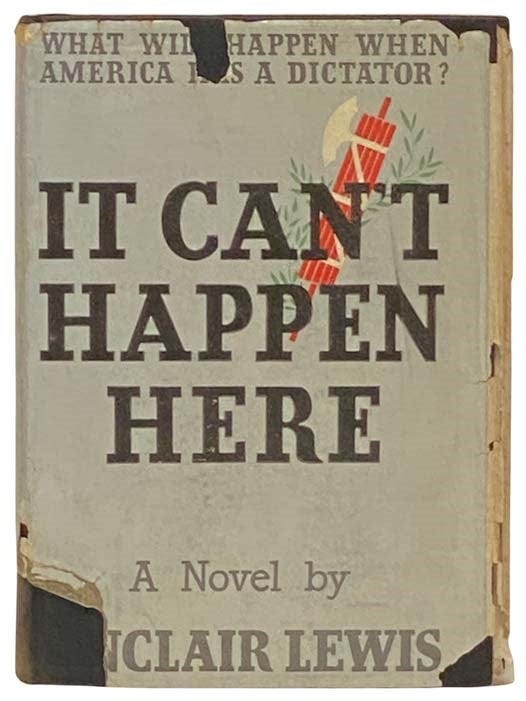
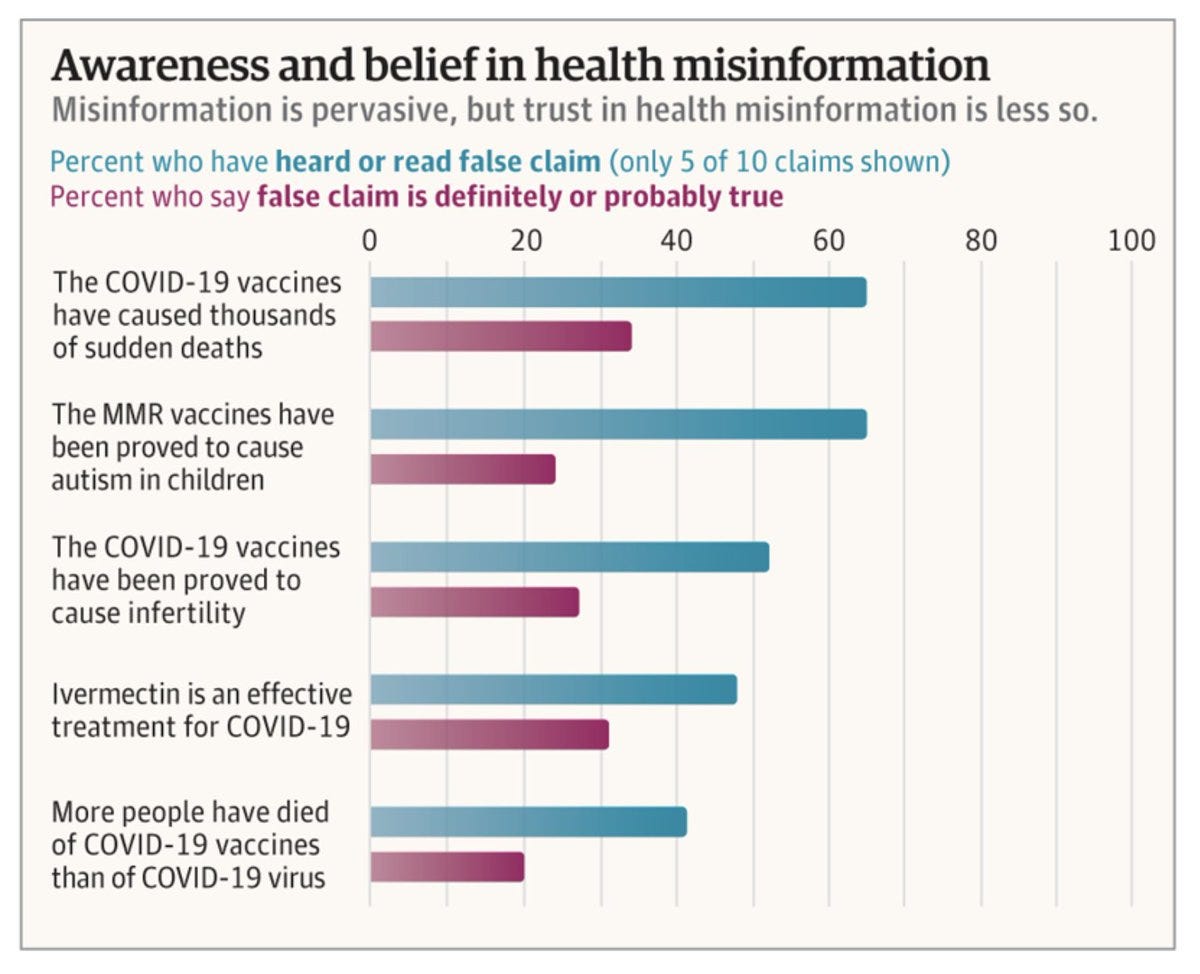
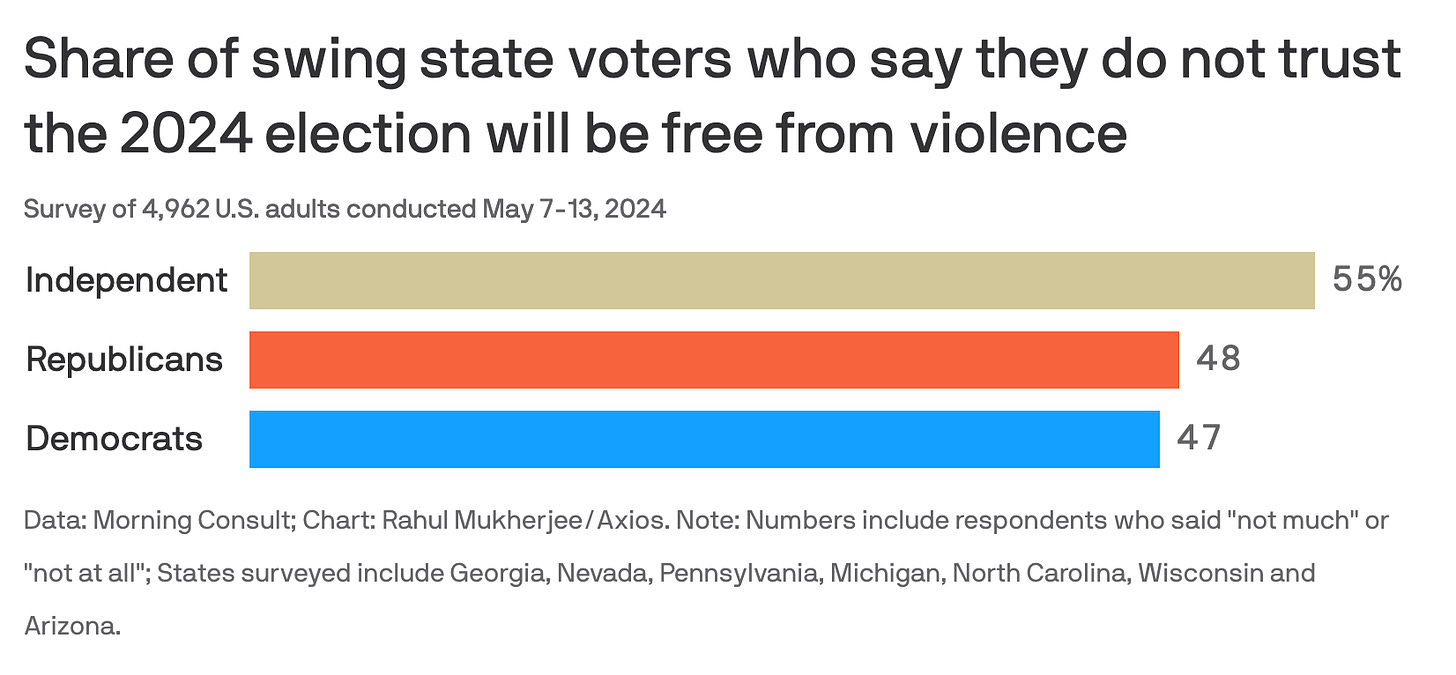

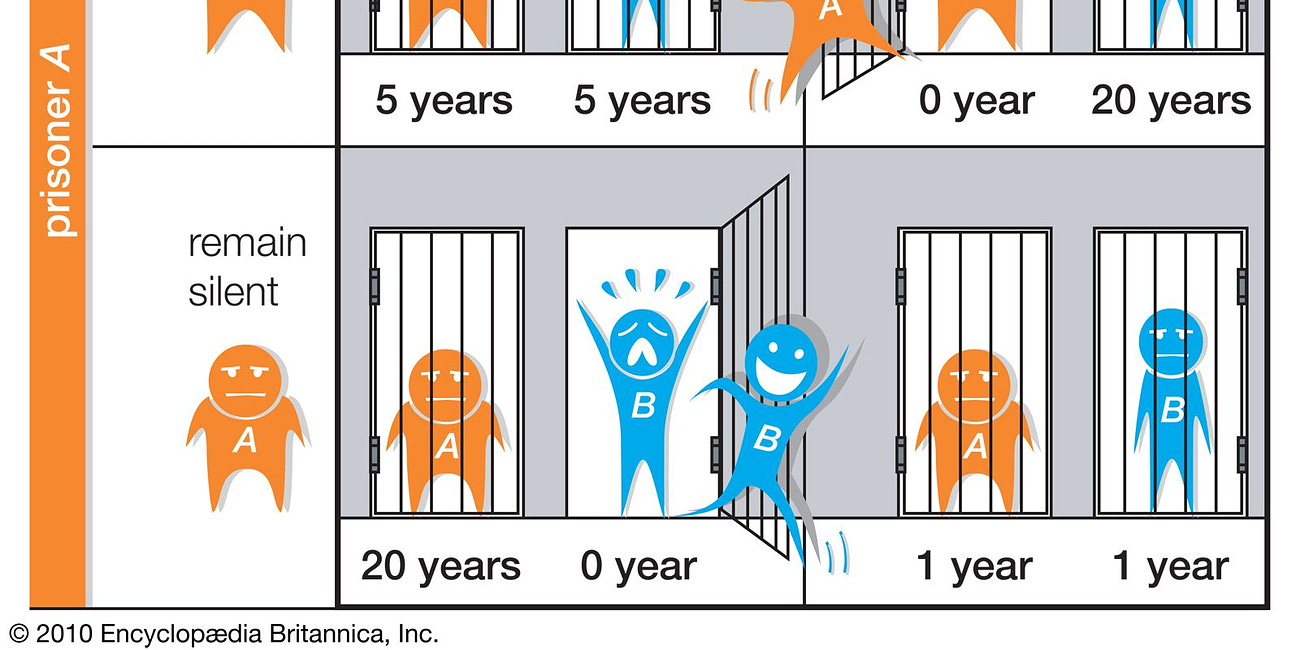
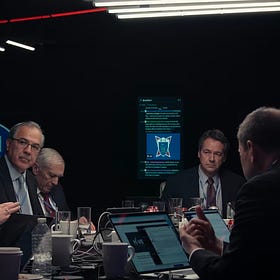


Let's get something straight here. Public schools have always had lists of banned books. Always. This isn't new. Every book that the current governor in Florida has added to the list can still be bought in bookstores or online in the state of Florida, therefore not a book ban. So, what's the problem?